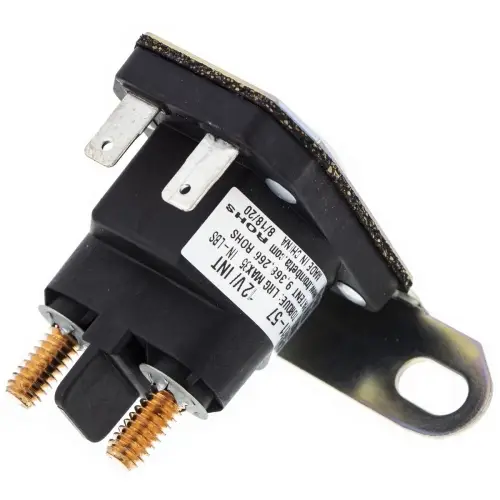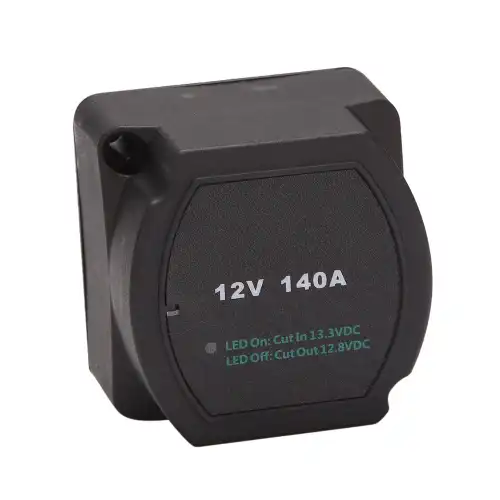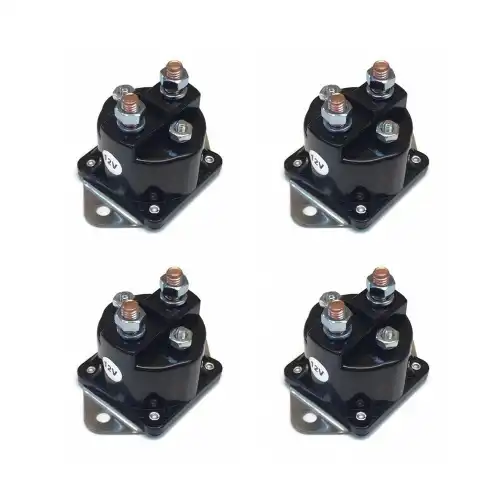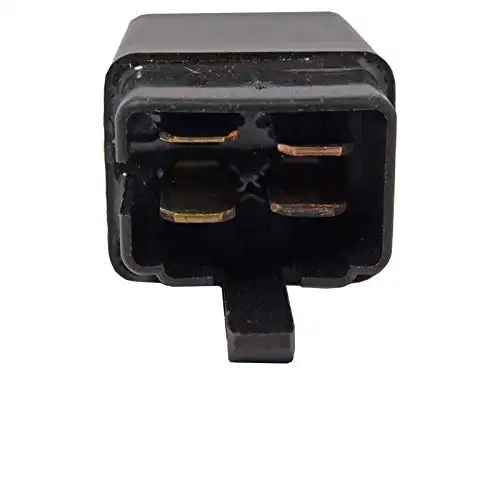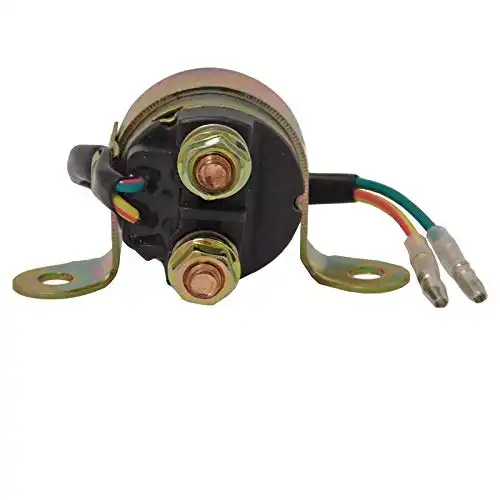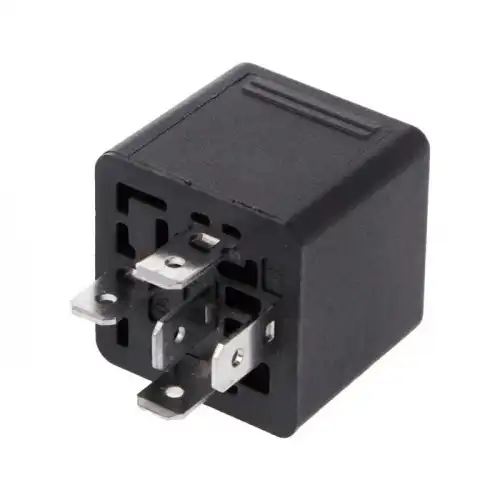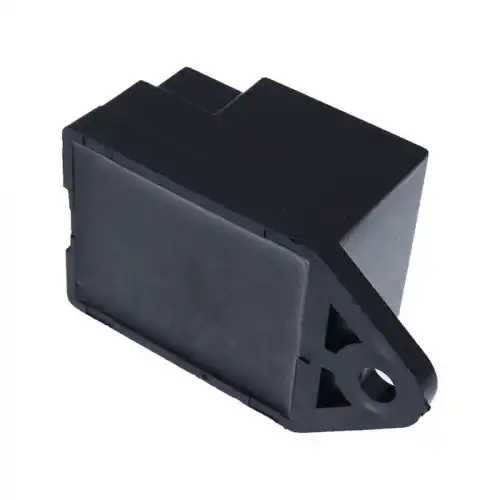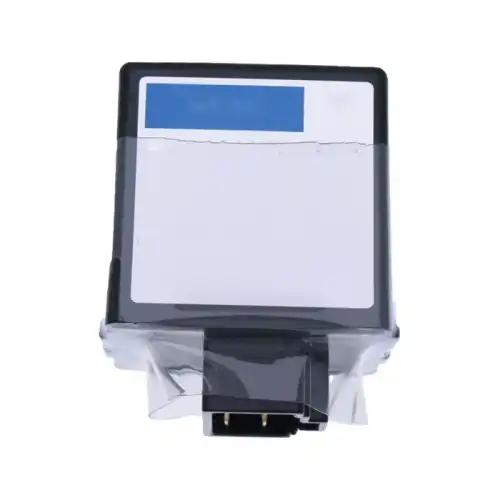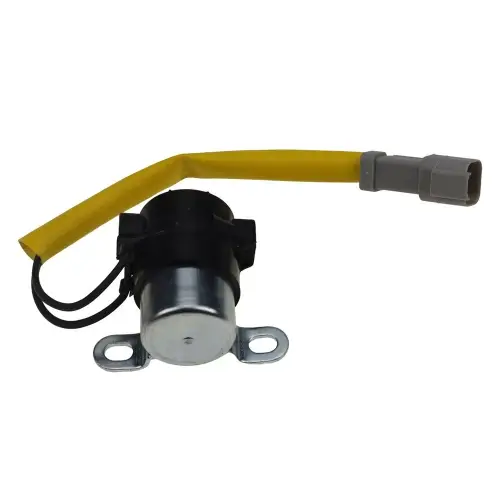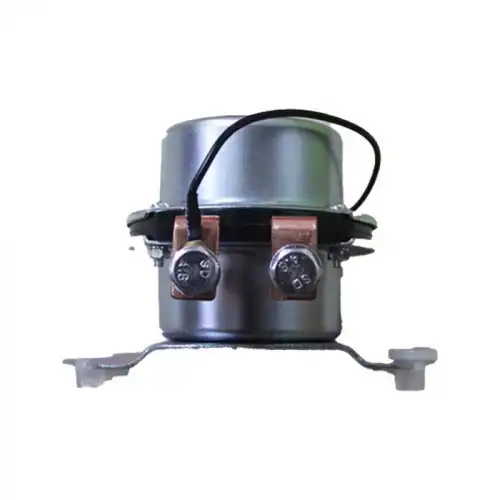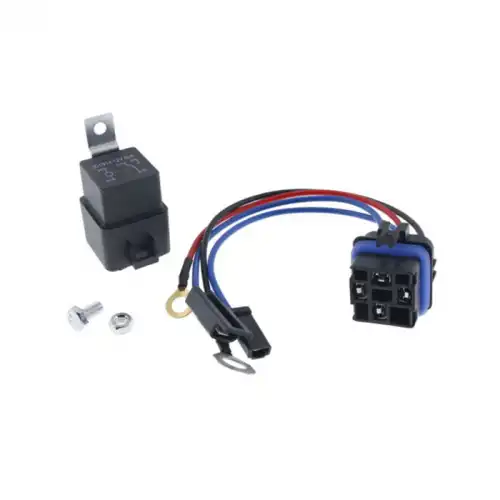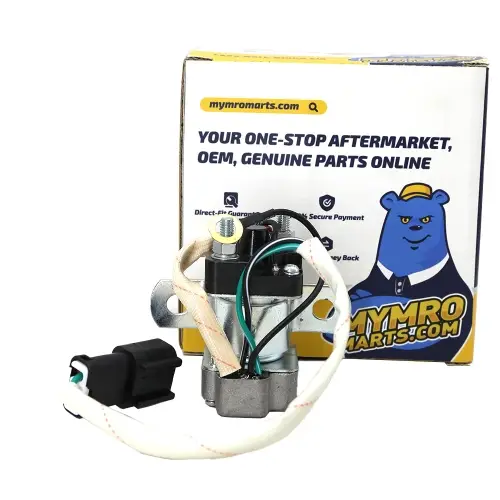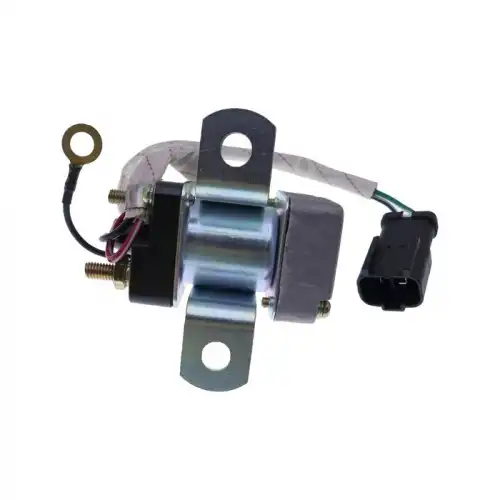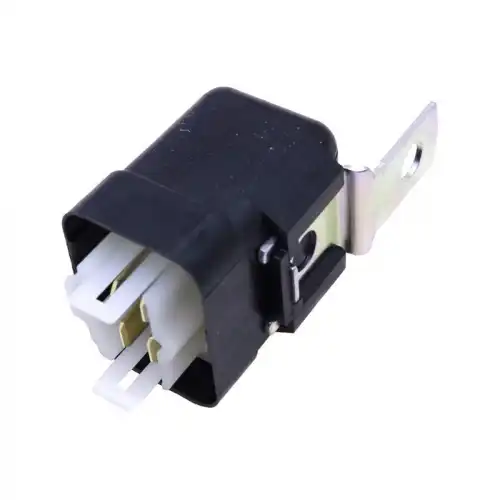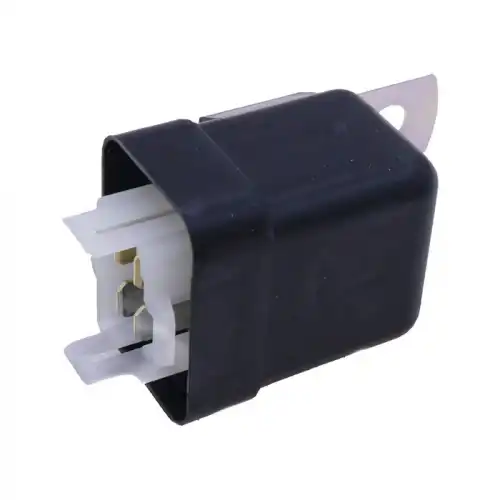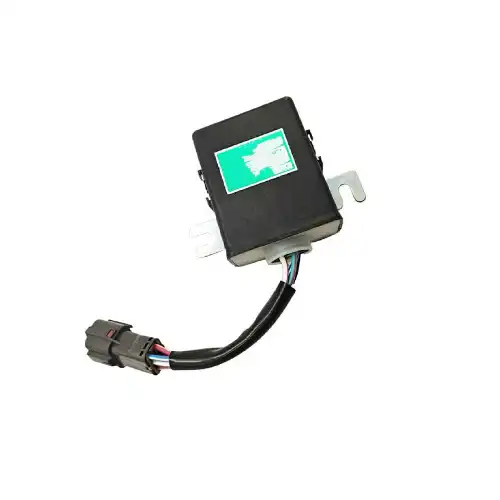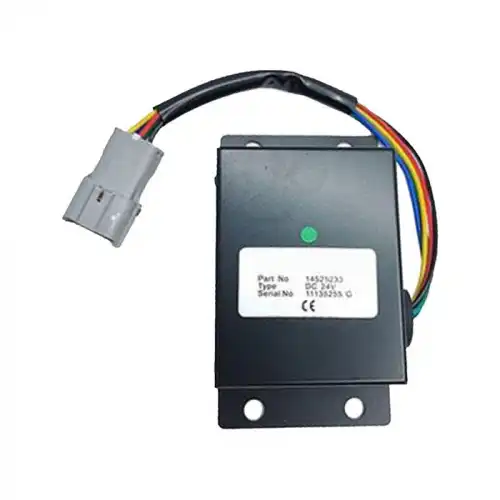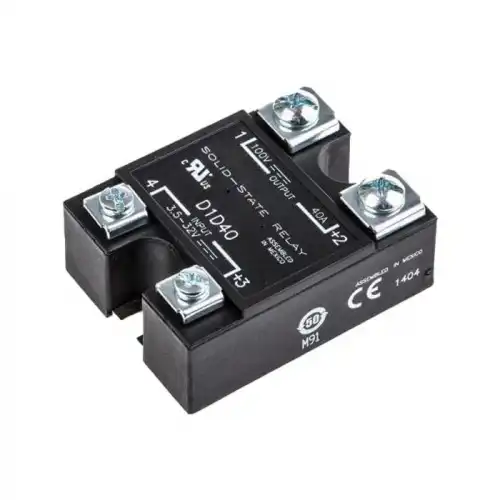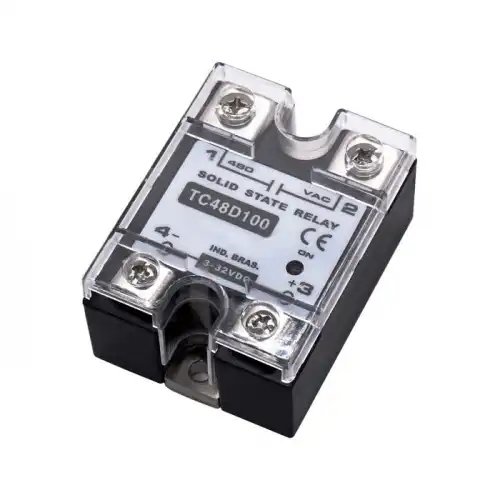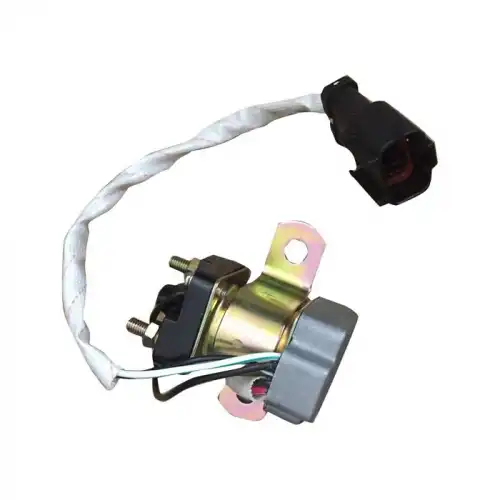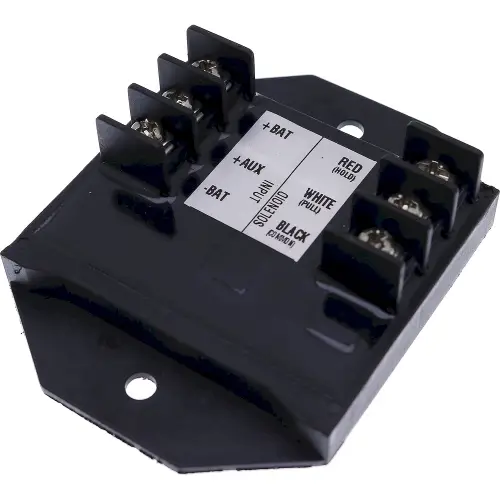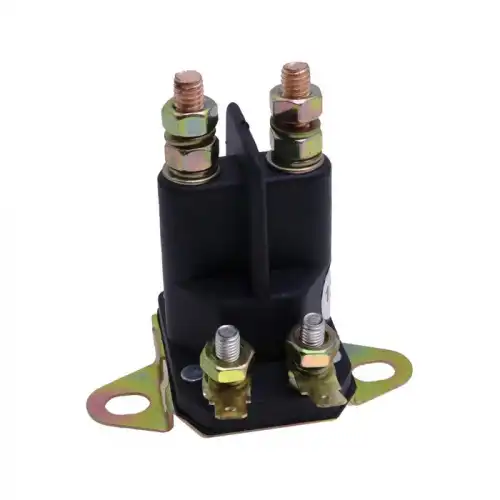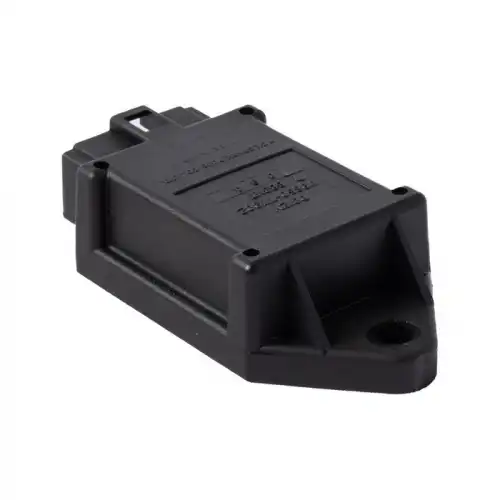starter relay
Learn about the different types of relays and switches commonly used in vehicles, including fuel pump relay, starter relay, solid state relay, relay switch, switched relay, electron relay, and starter solenoid relay. This guide provides an overview of each type of relay and its function, helping you to identify and troubleshoot potential problems with your vehicle's electrical system.
Relays and Switches: Understanding Their Functions in Your Vehicle
Relays and switches are essential components of your vehicle's electrical system. They control the flow of electricity and allow different parts of your car to communicate with each other. In this article, we will explore the different types of relays and switches commonly used in vehicles, including fuel pump relay, starter relay, solid state relay, relay switch, switched relay, electron relay, and starter solenoid relay.
Fuel Pump Relay: The fuel pump relay is responsible for controlling the fuel pump's electrical supply. It is typically located in the engine compartment and activated when you turn the key to the "on" position. If the fuel pump relay fails, your car's engine may not start or may shut off while driving.
Starter Relay: The starter relay is responsible for controlling the starter motor's electrical supply. It is typically located in the engine compartment and activated when you turn the key to the "start" position. If the starter relay fails, your car's engine will not start.
Solid State Relay: Solid state relays are electronic switches that use a small control signal to switch high voltage or high current circuits. They are commonly used in modern vehicles to control lighting, cooling fans, and other electrical systems.
Relay Switch: A relay switch is a type of switch that is activated by an electrical signal. It is commonly used in vehicles to control various electrical systems, including headlights, wipers, and power windows.
Switched Relay: A switched relay is a type of relay that is activated by a switch rather than an electrical signal. It is commonly used in vehicles to control various electrical systems, including lighting and cooling fans.
Electron Relay: An electron relay is a type of solid state relay that uses electrons to switch high voltage or high current circuits. It is commonly used in modern vehicles to control various electrical systems, including lighting and cooling fans.
Starter Solenoid Relay: The starter solenoid relay is responsible for engaging the starter motor with the engine's flywheel. It is typically located on the starter motor itself and activated when you turn the key to the "start" position. If the starter solenoid relay fails, your car's engine will not start.
In conclusion, relays and switches play a critical role in your vehicle's electrical system. They control the flow of electricity and allow different parts of your car to communicate with each other. Understanding the different types of relays and switches commonly used in vehicles, including fuel pump relay, starter relay, solid state relay, relay switch, switched relay, electron relay, and starter solenoid relay, can help you identify and troubleshoot potential problems with your vehicle's electrical system.
 Track Your Order
Track Your Order




